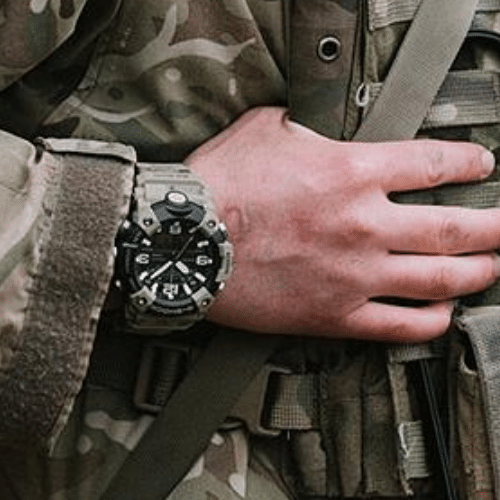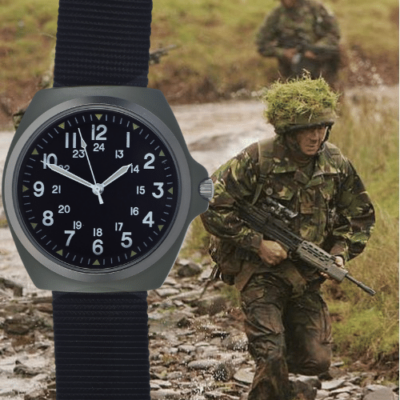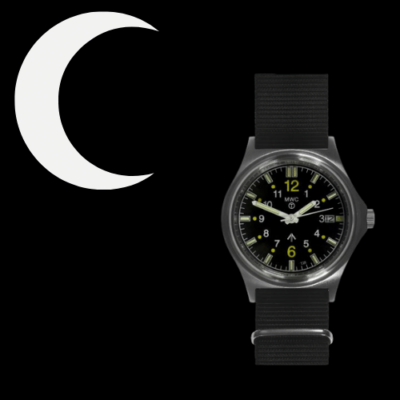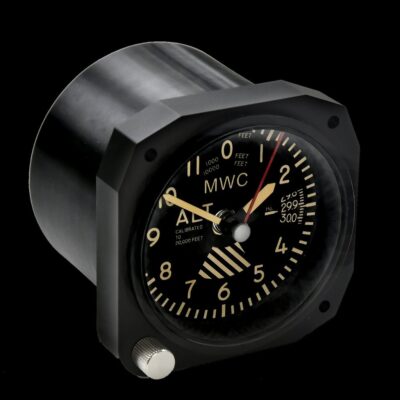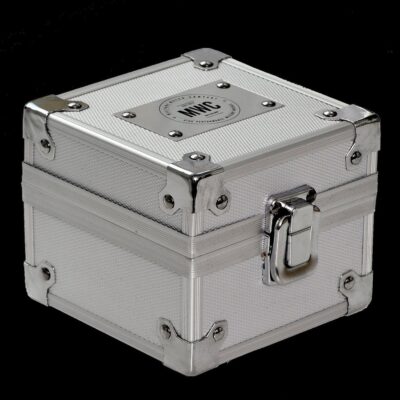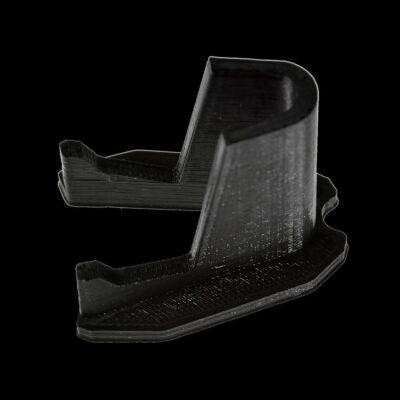News
Ukrainian Strike Destroys Russia’s Unique High Value Laser Weapons Aircraft
A Ukrainian strike on theTaganrog-Yuzhny Airfield on November 25 destroyed Russia’s unique A-60 laser-armed flying laboratory, which is one of the highest value aircraft in the country’s inventory and has played a key role in testing airborne directed-energy weaponry. Footage of the attack shows a fire that destroyed the aircraft, and secondary detonations in the part of the facility used for testing and maintaining special-purpose aircraft. Entering service in the early 1980s, the A-60 was built as an extensive modification of the Il-76MD transport, and quickly began to be used to research the distribution of laser beams in the upper atmosphere. The aircraft continued to see onboard equipment modernised as new generations of directed energy weapons were developed, with a new anti-satellite laser weapon reported to have completed testing on the A-60 in the late 2010s.
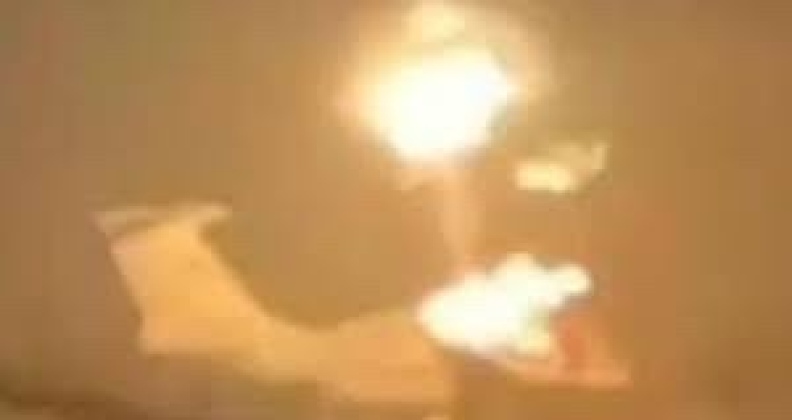
Following the initiation of significant anti-satellite laser weapons testing using the A-60 platform in the mid-2010s, U.S. Director of National Intelligence Dan Coats in February 2018 cited Russian and Chinese development of anti-satellite weapons “as a means to reduce U.S. and allied military effectiveness,” which would be used “to offset any perceived US military advantage derived from military, civil, or commercial space systems.” Although the A-60 has been used to test such weapons, the aircraft was never designed for combat roles, with anti-satellite lasers expected to be integrated onto combat jets such as the MiG-31 and PAK DP interceptors. Although Russia’s defence sector has seen its standing diminish in a wide range of areas since the disintegration of the USSR, investment in space warfare and anti-satellite systems has remained high. A anti-satellite laser programs complemented by the development of multiple anti-satellite missile programs such a the S-500, S-550 and A-235, as well as by work on developing electronic warfare systems designed to impede satellite use.

Although Ukrainain forces are facing fast deteriorating position on the frontlines, as confirmed my multiple reports from senior officers and by Western reporters, its drone units have continued to have significant successes in striking high value targets deep inside Russia. These have included drone attacks singling out the country’s oil processing facilities, causing queues at petrol stations and potentially harming oil exports. An unprecedented success was achieved on June 1, when a large scale drone attack was launched under Operation Spider’s Web, destroying multiple Tu-95MS and Tu-22M3 strategic bombers at airbases across Russia, and causing losses from which the Russian strategic aviation fleet is expected to take years to recover. Successes targeting airbases have destroyed aircraft including Su-34 strike fighters, MiG-31 interceptors, Su-30SM multirole fighters, and various helicopters.
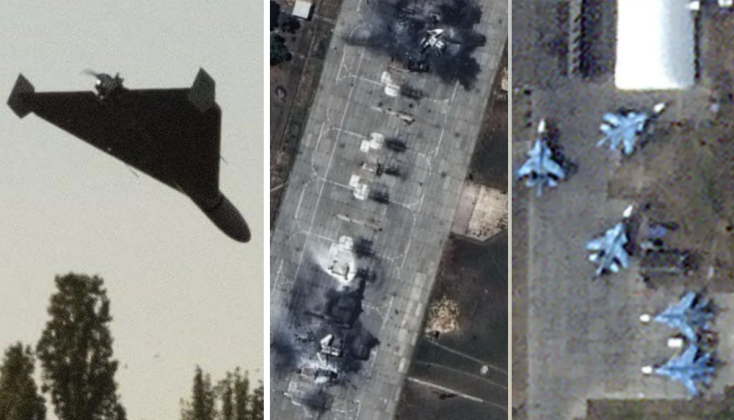
The true value of the A-60 remains uncertain, as it is unknown to what extent the aircraft was planned to continue to be used for the testing of future airborne laser weapons. The new Persevet laser weapons system was reported by some sources to have completed testing, raising the possibility that the aircraft would have only begun to be used to test a new generation of weapons in the more distant future. The disintegration of the Soviet Union and losses of a wide range of Soviet industries involved in building the A-60 and its unique equipment have raised the possibility that the aircraft is now irreplaceable, or else that Russia would need to rely heavily on sourcing components from abroad to do so.
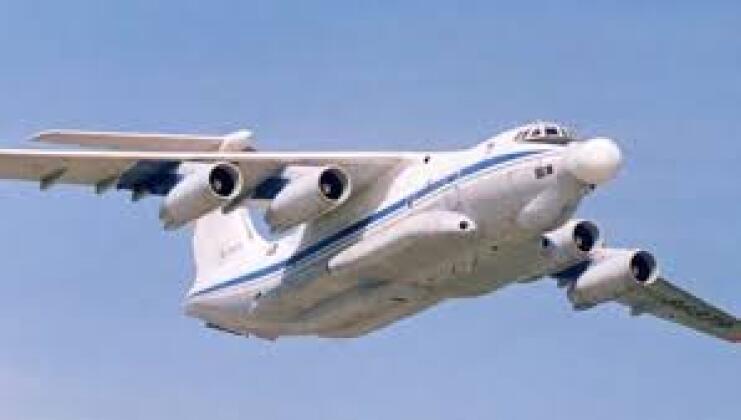
Ukrainain forces have received significant support from Western personnel on the ground and access to satellite intelligence to facilitate attacks deep into Russia, while the country’s defence sector has been provided a tremendous supply of parts and funding to sustain drone production. In July German Army Major General Christian Freuding specifically called for further Ukrainian strikes targeting Russian airfields. “You can also indirectly affect the offensive potential of Russian strike forces before they are deployed,” Freuding stated at the time, adding: “Use long-range air warfare assets to strike aircraft and airfields before they are used. Also, target weapons production facilities.”

